
The Amazon Jungle is home to some of the most pristine rainforest in the world. The immense biodiversity provides endless opportunities for wildlife spotting, with jungle lodges, rainforest treks and riverboat cruises catering to adventurous travellers who come to this fascinating part of Peru.
It’s not only the geography that sets the Peruvian Amazon apart from the rest of the country. Culturally, too, the Amazon is distinct. The scattered jungle cities are often a heady mix of fun, frivolity and river port activity, where Peruvians have a laid back but friendly attitude, always ready to drink and dance. Then there’s the jungle cuisine with its seemingly boundless range of unfamiliar fruits, fish, and strange liquors with aphrodisiac qualities. And beyond the urban areas lie indigenous communities, many of whom steadfastly hold on to their traditions, including the sacred knowledge of the shamans and their jungle medicine.
However Peru is a big country, and the Amazon Rainforest is even bigger, so if you are thinking of travelling to the jungle in Peru you may be thinking “which is the best jungle region to visit in Peru?”. Each jungle region has its own subtle nuances, its own strengths and weaknesses, and it is important you choose the right jungle region to visit that will suit your own travel expectations and personal requirement.
Peru is a wonderful choice of country to visit the jungle, as access to the jungle is much more relatively easy, safe, and cost effective compared to other countries such as Brazil (which requires extensive travel to reach the true jungle heartland). The other advantage is that Peru provides a wonderful opportunity to visit the jungle as part of a wider holiday throughout the country, so visits to the jungle can be added to tours of Machu Picchu, or treks in the Andes, all within one short holiday.
In Peru there are three main regions where it is possible to go on tours to the Amazon Rainforest and experience the true vibrancy of the jungle: Manu, Tambopata, and the Iquitos Region. Although it would be wonderful to visit all three regions and of course this is possible, in reality most tourists would select one jungle region from these options.
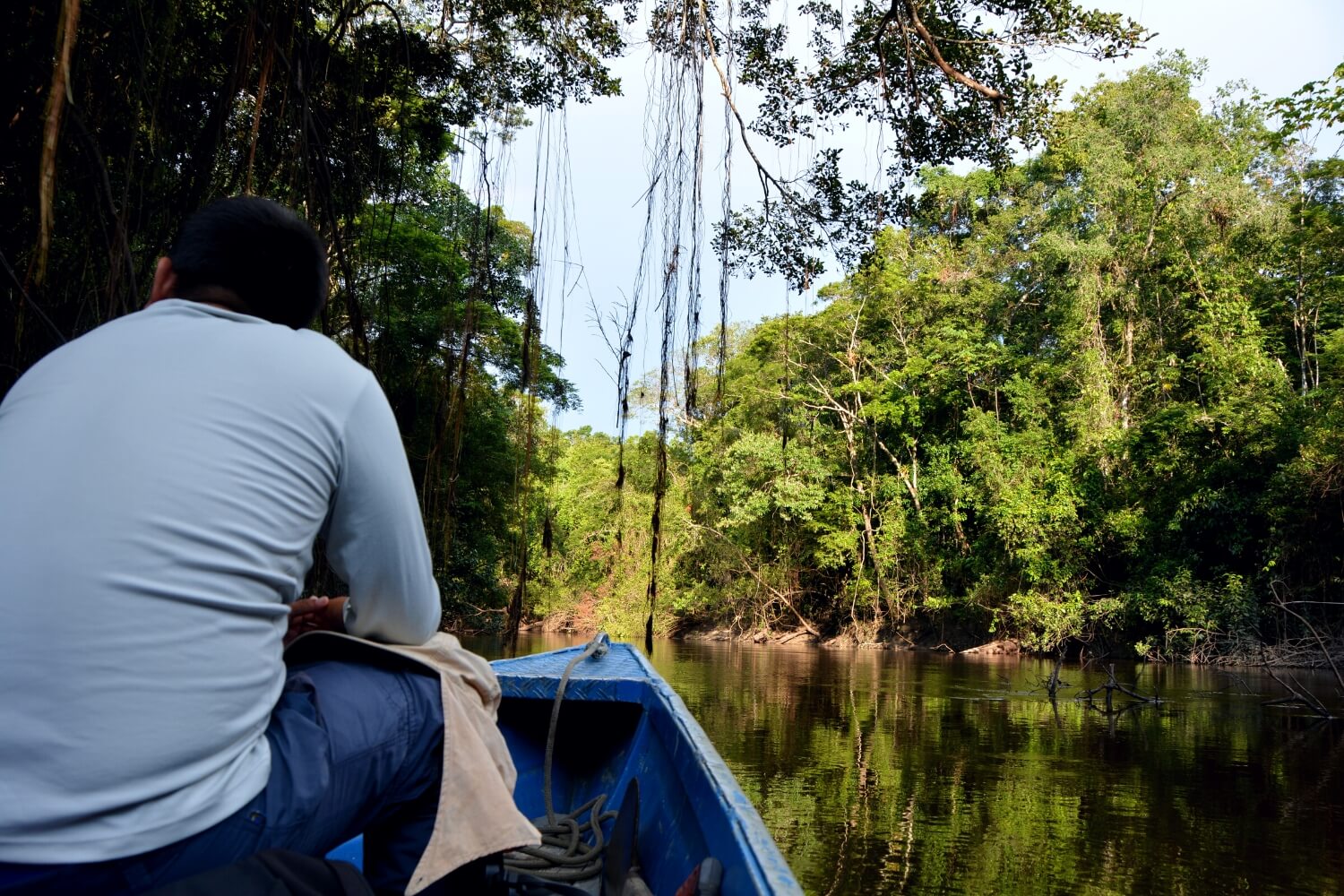
Iquitos is a city in the north-eastern region of Peru and is the largest city in the world that cannot be accessed by road – travel to the city is only possible via flight or river boat. Iquitos is a living breathing bustling fascinating example of a jungle city, and the city itself is a tourist destination due to the colourful mansions dotted around the city centre that are leftovers from the millionaires that lived here during the rubber-boom of the early 20th century.
However, most visitors to Iquitos would be using the city as a transit point for cruises up the Amazon, or for lodge tours to visit the Amazon Jungle in the region surrounding the city. This region is home to some fantastic high-standard lodges. One of the benefits of visiting the Amazon in the Iquitos region of Peru is this is the only region of Peru where it is possible to visit the true “Amazon River”, as opposed to a tributary of the Amazon, so if sailing down the vast Amazon River is something you want to tick off your bucket-list, then you must visit this region. The river also contains wildlife not found in some of the smaller tributaries, so spotting for rare pink river dolphins is possible in this region. In addition to the fantastic lodges in this region there are also some excellent excursions, including piranha fishing, and walking along an extended canopy in the tree-tops.
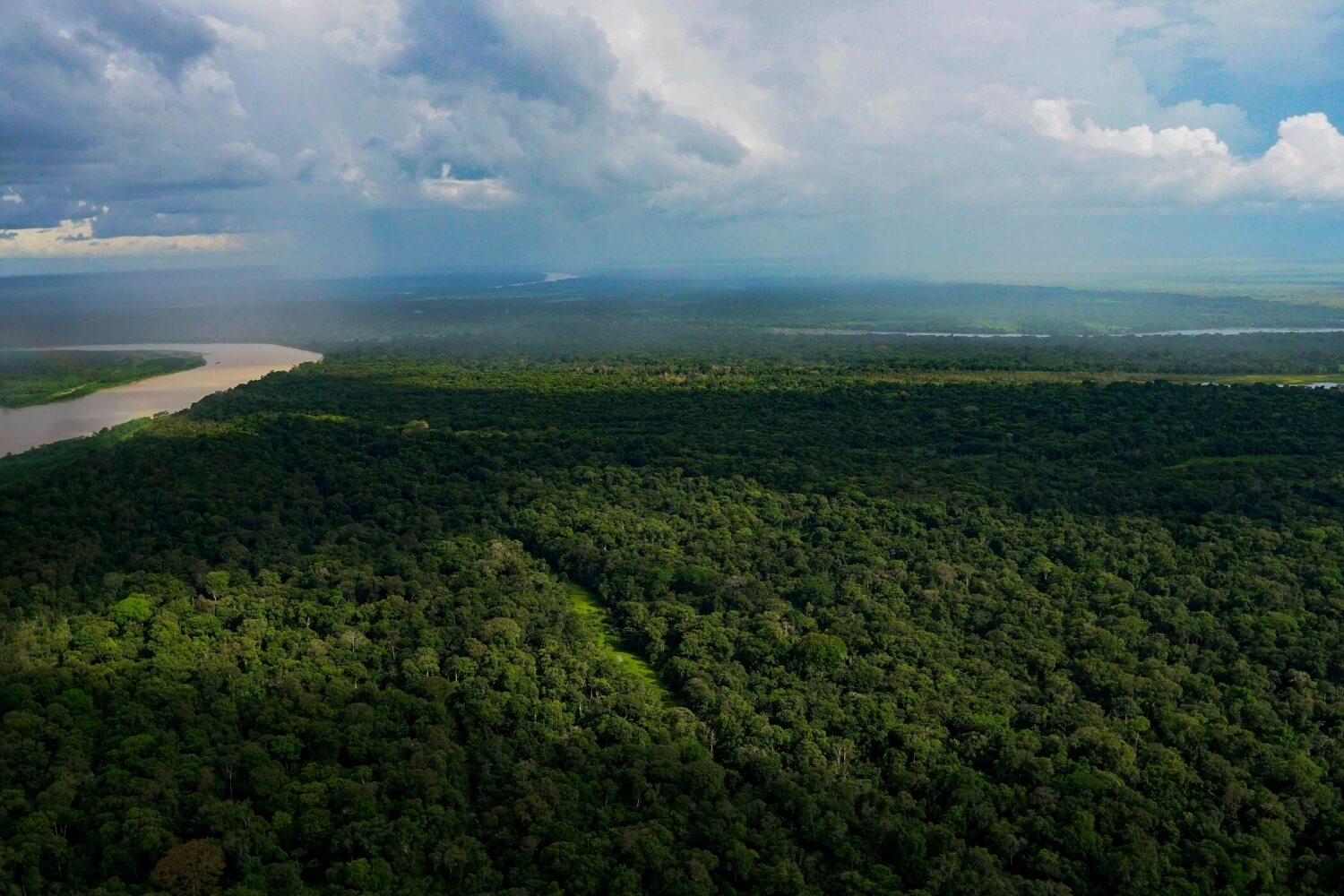
One of the other benefits of this region is that it is one of the only places where it is possible to visit villages and see traditional ways of life. Although indigenous villages and peoples exist throughout the entire Amazon, the true “uncontacted” tribes are protected and it is not possible for tourists to visit those locations. The Yagua tribe, are one example of the types of villages that can be visited in this region, and they have opened their villages to share demonstrations of their traditional dancing and hunting techniques.
There are some disadvantages of travel to this jungle region when compared to other jungle regions in Peru. Travel costs to / from Iquitos (regular daily flights from Lima) are usually more expensive than travel costs to other jungle regions in Peru, particularly for people that also want to visit Cusco as both Manu and Tambopata are much closer to Cusco.

The large size of Iquitos also means that wildlife is less abundant in the regions close to the city, so if you are travelling to this region to watch bird-life or wildlife opportunities will be less than elsewhere in Peru unless you travel for extended periods of time deep within the Amazon away from the city.

Manu National Park is a UNESCO World Heritage Site, and contains incredible levels of biodiversity with over 15,000 species of plants, over 1000 species of birds, and over 400 species of mammals, reptiles and amphibians. The Manu region is split into three main zones: the Manu National Park, the Manu Reserved Zone, and the Manu Cultural Zone.
Access to the National Park itself is strictly controlled and is generally restricted to the indigenous tribes that live in the region, park rangers that protect the park, and research scientists. Tourism is restricted to both the Reserved Zone and the Cultural Zone which both flank the park and are park of the wider Manu Biosphere Reserve but are not part of the national park itself.

One of the benefits of the Cultural Zone is that it can be accessed via road on a full day journey from Cusco, which can be a breath-taking and stunning journey to make, travelling up and over the Andes at a mountain pass then back down to descend into the cloud forests of the Amazon. Due to its ease of access via road, and lack of requirement for flights, the Cultural Zone is a very good value option for tours to Manu, and 3-day tours (or longer) are possible from Cusco. Another advantage to the Cultural Zone is that it provides a very good chance you will be able to observe the Peruvian Cock of the Rock and the bird of paradise.
The main disadvantage of travel to the Manu Cultural Zone compared to both Tambopata and Iquitos region is that due to its proximity with Cusco it is perceived to be more of a value option, and the standards of some of the lodges are not quite as good as those found in other jungle locations in Peru.

The Manu Reserved Zone by contrast is much much deeper into the jungle, far away from Cusco, and can be reached either via an extended journey by road from Cusco then by riverboat deep into the jungle, or by flight to the city of Puerto Maldonado then by riverboat from there. The wildlife here is very abundant, and therefore this region is very popular with wildlife enthusiasts and bird-watchers who want a specific type of holiday, such as a bird-watching holiday or wildlife photography holiday. The lodges here are of a higher standard than those found in the Cultural Zone, however due to the length of travel, specialist nature of the guides, higher standards of lodges, and isolated location of the lodges making food and resource travel costs more expensive, this can be a much more expensive option.
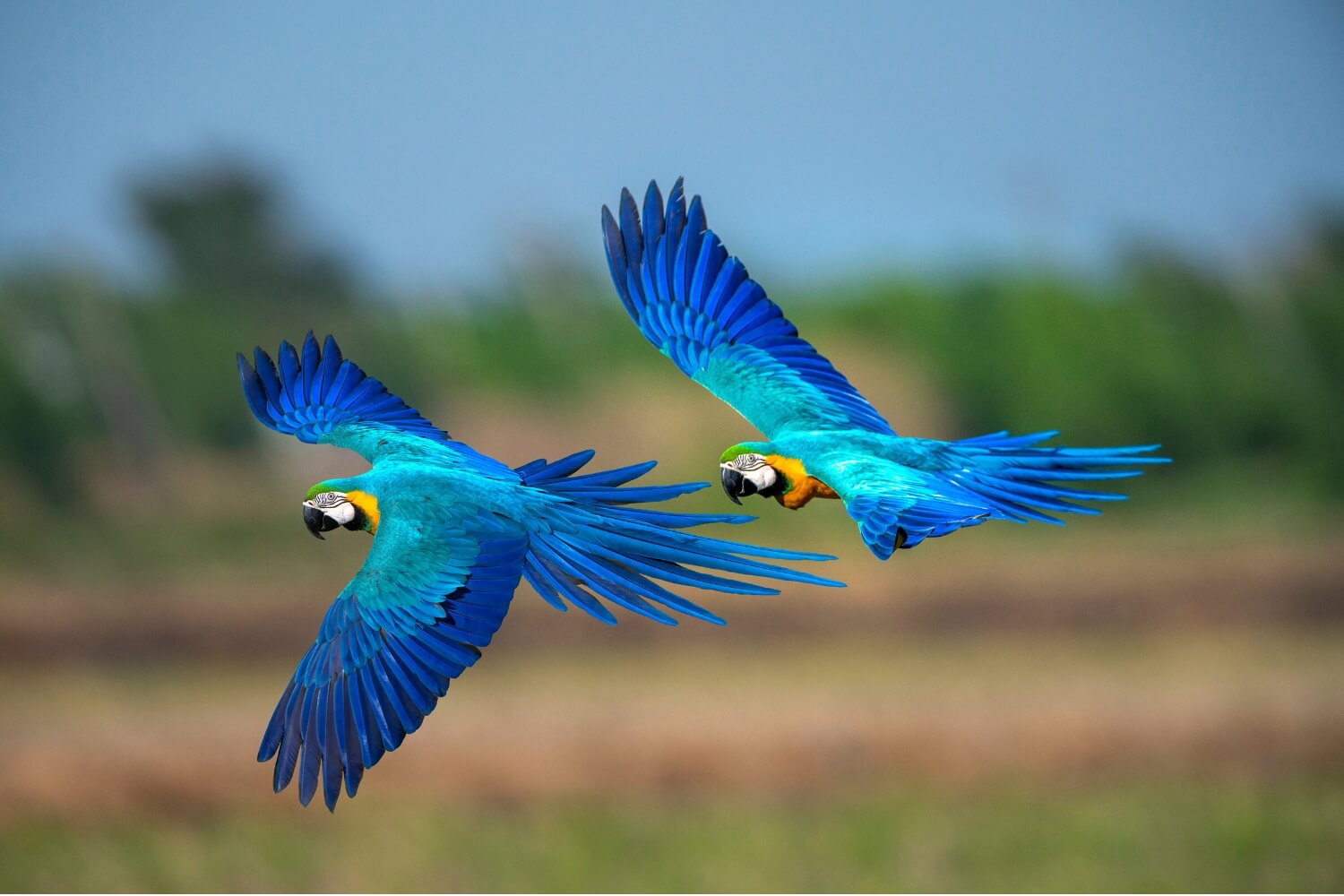
Tambopata is a province within the Madre de Dios region in south-eastern Peru, close to the border with Bolivia. Tambopata jungle region is usually accessed via short flights from Lima or Cusco to the city of Puerto Maldonado, the capital of the Madre de Dios region. There are many advantages of Tambopata as an option for a visit to the Amazon Jungle in Peru, and as a consequence this is actually a very popular choice for jungle tours.
Puerto Maldonado is also a much smaller city than Iquitos, in northern Peru, and therefore has less of an impact on the wildlife in the region meaning that lengthy riverboat journeys deep within the Amazon away from the city are not always necessary to allow you to observe some fabulous wildlife. Another advantage is that there are some great options for daily excursions in this region, with macaw and parrot clay-licks being a highlight, but with canopy towers, ox-bow lakes and other natural landmarks also attracting wildlife.
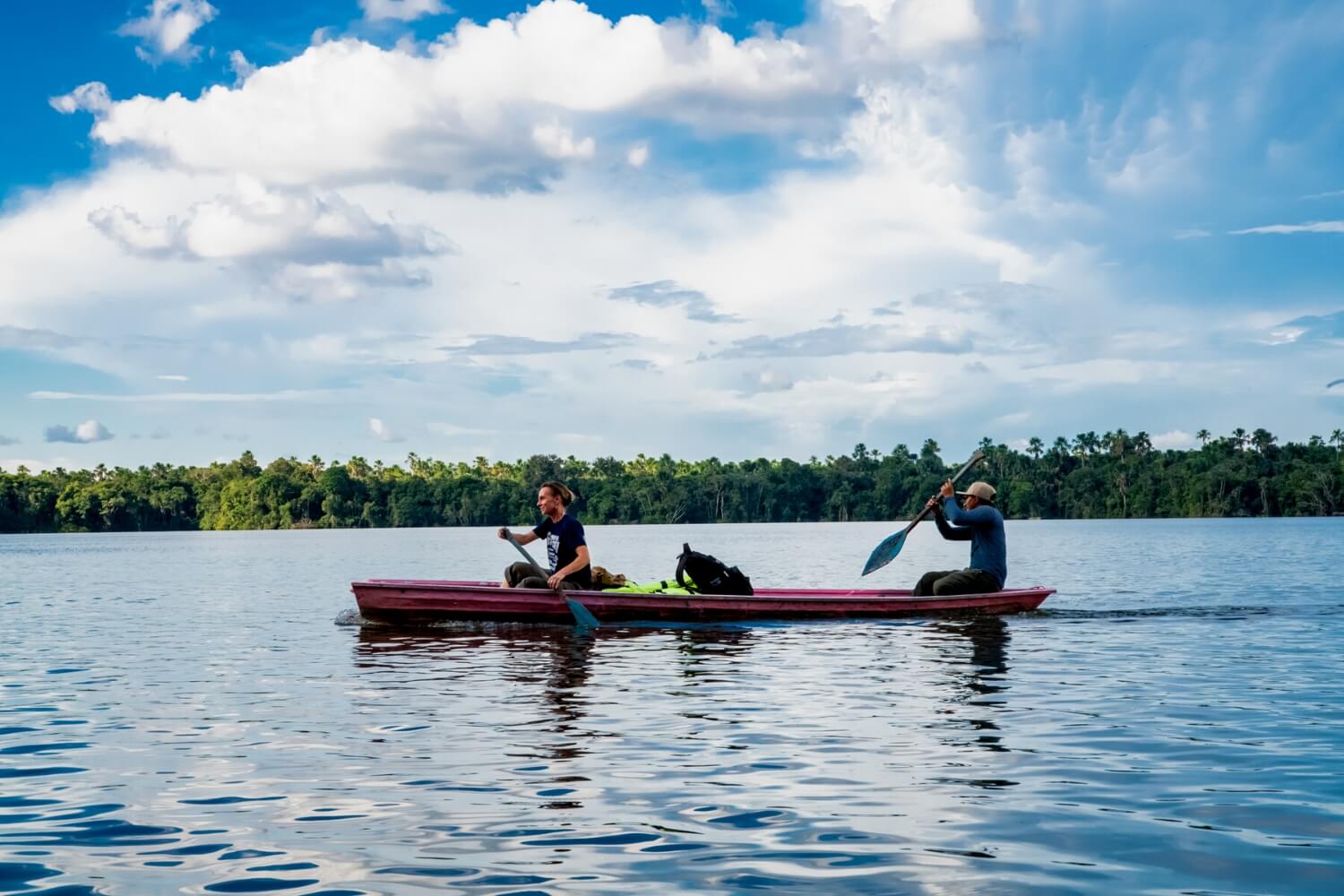
Tambopata also contains some excellent lodges offering a good blend of comfort and services, with location and ease of access to wildlife, with good guides employed from the local region with good wildlife knowledge.
Disadvantages of travel to the Tambopata jungle region are few and far between as in general the region does have fabulous wildlife opportunities, and good standards of lodges. However it can be a more expensive option compared to Manu Cultural Zone due to the requirement of domestic flights to / from Puerto Maldonado, and the Manu Reserved Zone is probably a better option if you are looking for a specialised type of holiday.

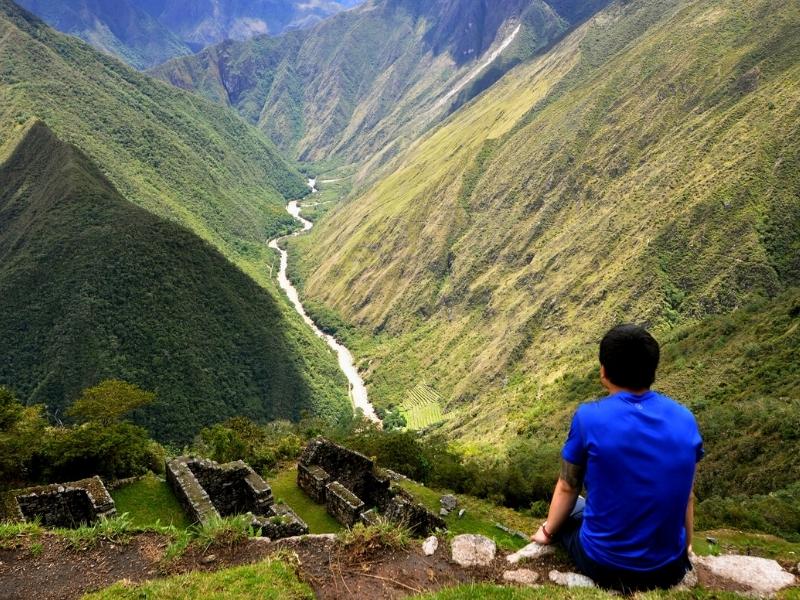
Explore the Manu Amazon Rainforest & Inca Trail hike to Machu Picchu, you will enjoy the best adventures in Peru, exploring amazing inca trail routes and the best amazon wildlife with our local tour guides, in small groups.

The top sights of Peru will leave all the family thrilled by the scenic grandeur, ruined temples, colonial cities, amazing inca trail to Machu Picchu, the Inca Lost City, once buried under the tropical forest which surrounds it.

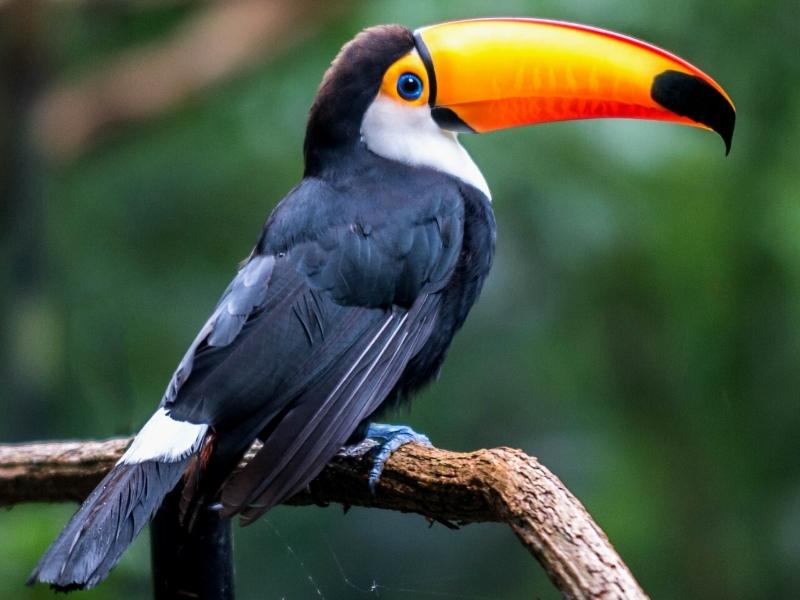
The 3 Days Tambopata Adventure Tour is exclusively designed for those wanting to experience the best of Peruvian Amazon Rainforest in a short time. The Tambopata jungle adventure offers an insight to the culture and amazon wildlife.

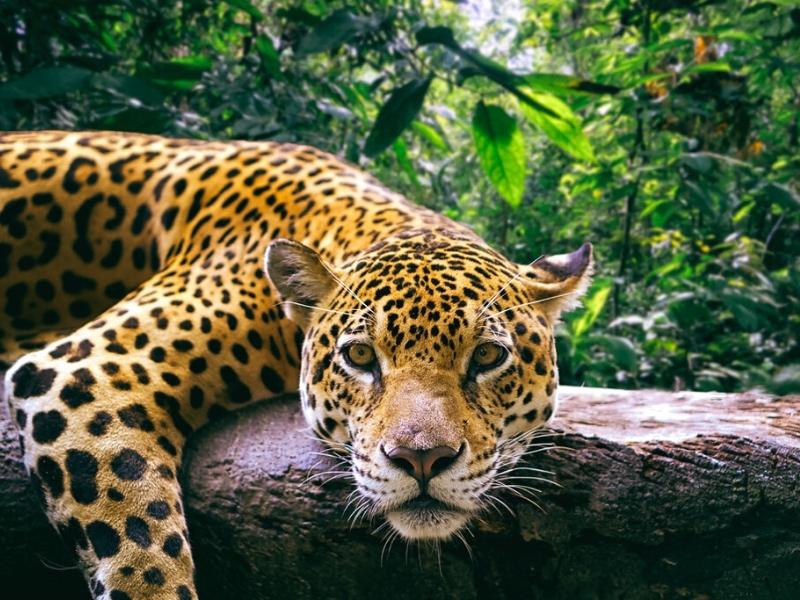
The Manu Jungle tour goes to one of the largest life biosphere reserves in the World. You will enjoy wildlife, traditional villages, with the best specialized guides.

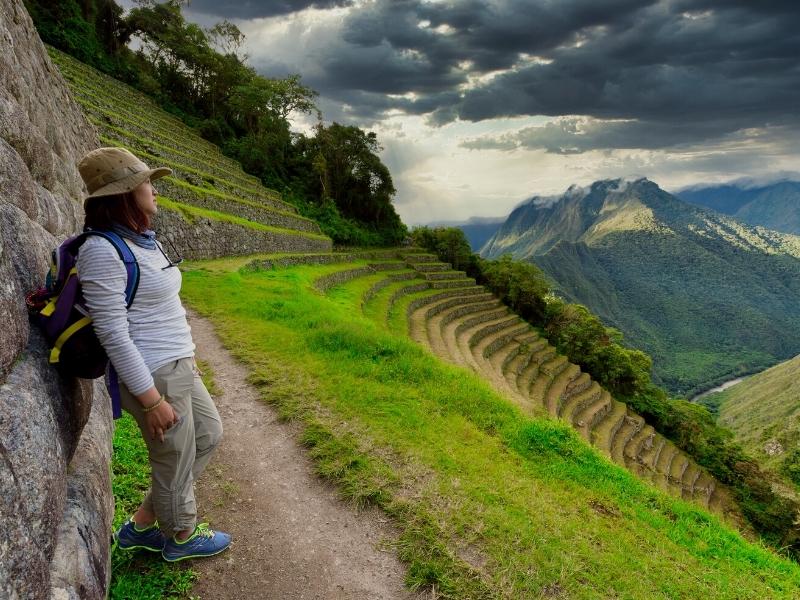
The 2-day Inca trail to Machu Picchu, is the shortest version of the Inca trail circuits to the sacred citadel of Machu Picchu. Andean Great Treks organize this trek with the best local guides and hotels in Machu Picchu. We work only in small groups, the premium service for your delight in Cusco.

Manu National Park is an excellent way to experience an intense amazon wildlife.Is the biggest Amazon rainforest in the Americas, its incomparable natural wealth, host the greatest amount of flora and fauna of the world.
